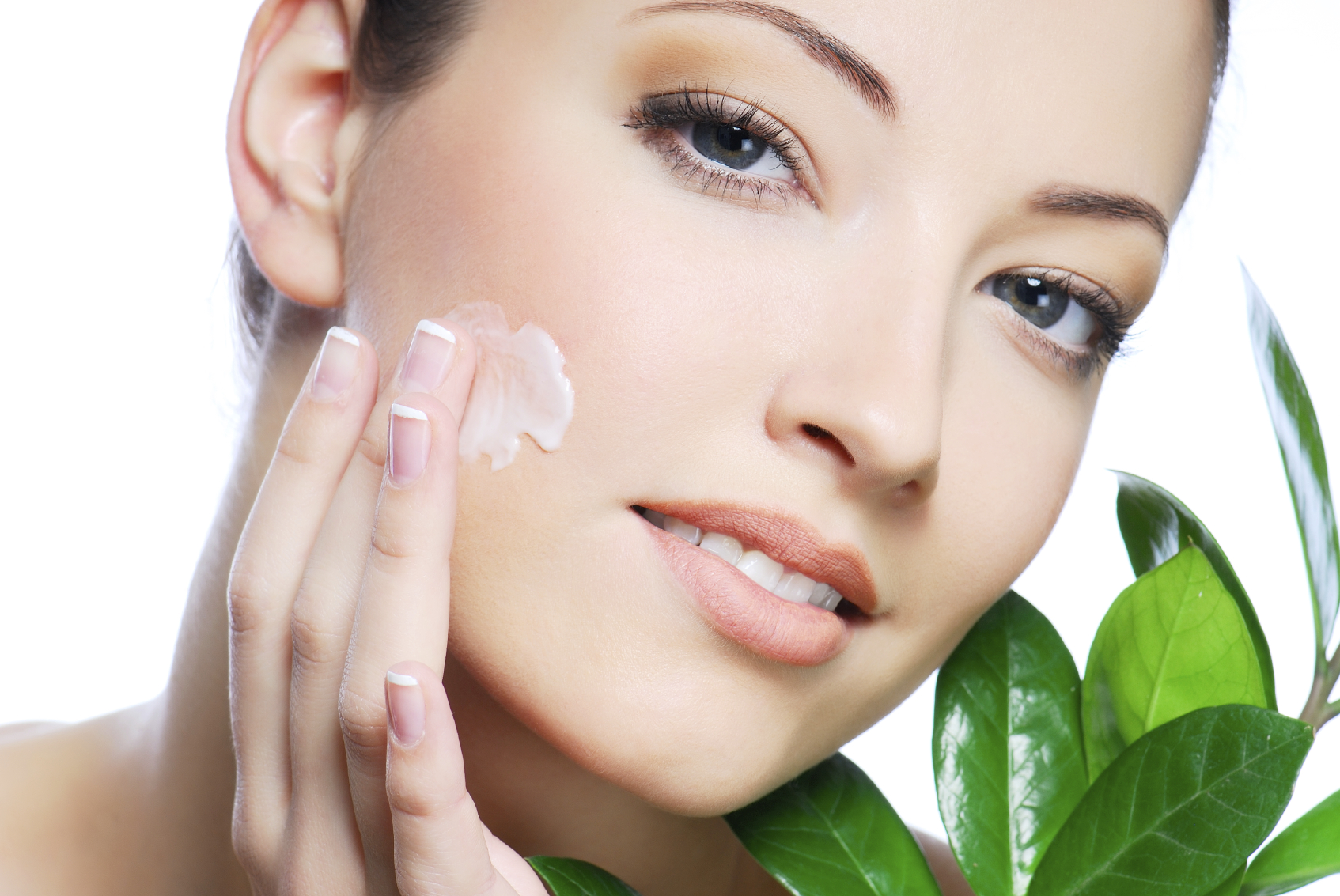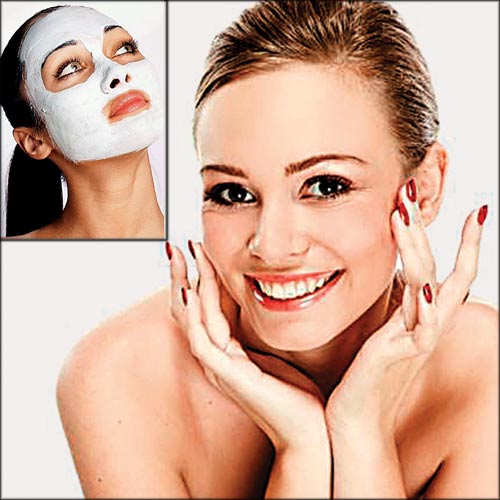There are many natural ingredients which have bleaching properties and their regular use can not only lighten these spots, but also make your skin look more radiant. Here are a few face packs you can try.
Potato pack
Grate a potato after peeling its skin. Now add some rose water to it and beat it to make a paste. You can add some drops of lemon juice or honey if you have oily or dry skin respectively. Apply it on your face for at least 15 minutes and then wash away with water. Potato has mild bleaching properties and regular use of this paste will reduce spots and lighten your skin.
Tomato toner
Mash a ripe tomato and pass it through a sieve to strain out the seeds. Add some curd to it and mix well. Apply the pack on your face evenly and then leave it to dry. Then wash it off with lukewarm water and pat your skin dry. Tomato is acidic in nature and has vitamin C in it. It will lighten the marks on regular use.
Cucumber juice
Peel a cucumber and then grate it. Now squeeze it to take out its juice. Mix some aloe vera gel in it and then apply this pack on your face. Literally a cooling pack, this helps soothe the skin and also lighten it.
Orange peel
Don’t throw away the skin of orange. It contains vitamin C and helps bleach the skin. Let the peel dry and then grind it to make its powder. Now add some rose water and honey to it and then apply it on your face. After it dries, wash with plain water.
Lemon juice
Lemon is also one of the best natural bleaching agents and you can skin results after the first use itself. You can squeeze a lemon and apply its juice directly on the skin or even add other natural ingredients such as glycerine or honey or curd to make it slightly less acidic.
Use these packs weekly once to see results. Make sure you avoid the area around the eyes and do not go out in direct sunlight after applying these packs. Follow it up with a good moisturising sunscreen to protect your skin.
Source: The health site



